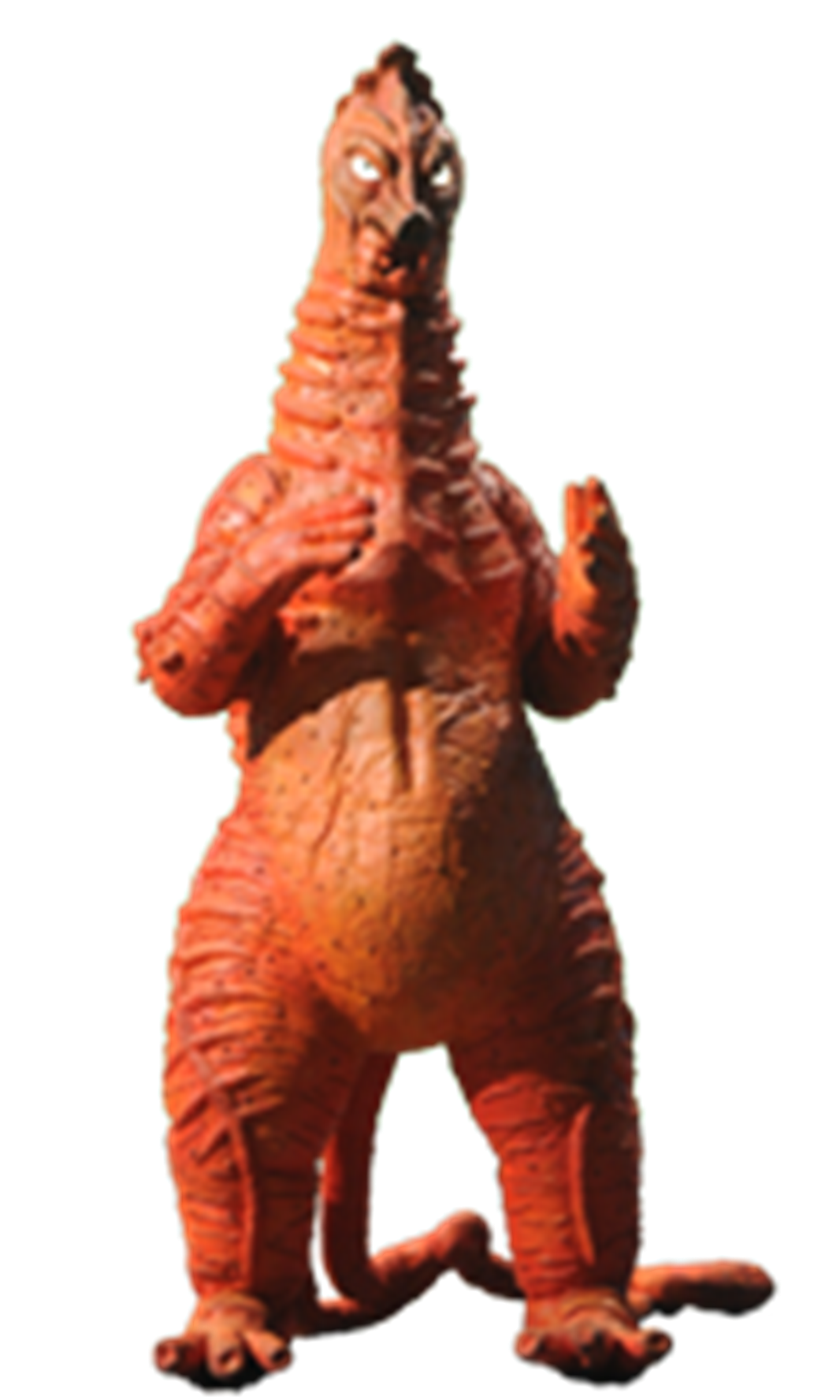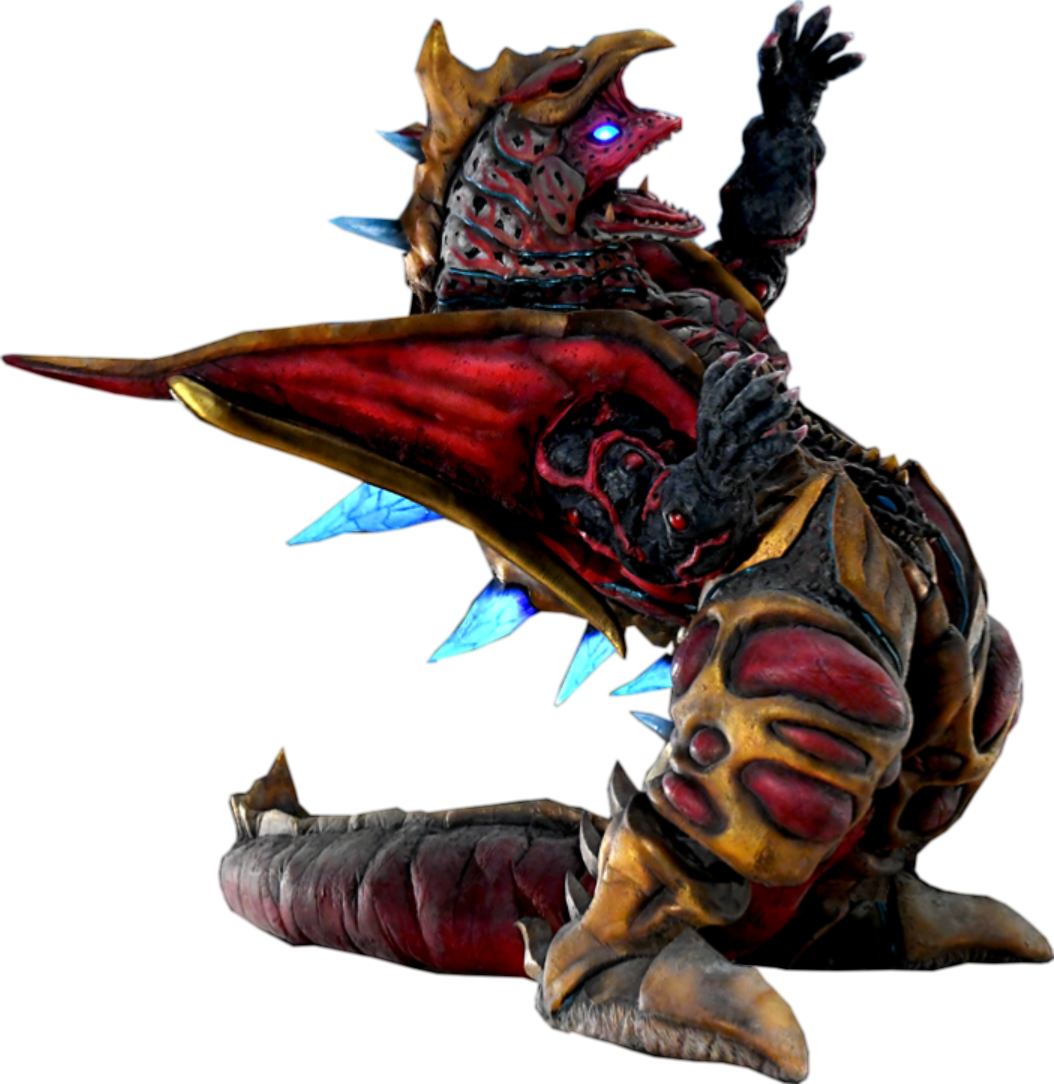
There are also subcategories including Mecha Kaiju (Meka-Kaijū), featuring mechanical or cybernetic characters, including Mogera, Mechani-Kong, Mechagodzilla, M.O.G.U.E.R.A., which are an off-shoot of kaiju. Other examples of kaiju include Rodan, Mothra, King Ghidorah, Anguirus, King Kong, Gamera, Daimajin, Gappa, Guilala and Yonggary. Succinctly, they are not merely, "big animals." Godzilla, for example, from its first appearance in the initial 1954 entry in the Godzilla franchise, has manifest all of these aspects. They can be antagonistic, protagonistic, or a neutral force of nature, but more specifically as preternatural creatures of divine power. Kaiju are science fiction and fantasy creatures, generally "Godzillian" in size and character. The term kaijū translates literally as "strange beast". ( July 2019) ( Learn how and when to remove this template message) Unsourced material may be challenged and removed. Please help improve this article by adding citations to reliable sources. This section needs additional citations for verification.

Godzilla initially had commercial success in Japan, inspiring other kaiju movies. Tanaka aimed to combine Hollywood giant monster movies with the re-emerged Japanese fears of atomic weapons that arose from the Daigo Fukuryū Maru fishing boat incident and so he put a team together and created the concept of a radioactive giant creature emerging from the depths of the ocean, a creature that would become the monster Godzilla.
ULTRAMAN KAIJU WIKI MOVIE
Seeing how well the Hollywood giant monster movie genre films King Kong and The Beast from 20,000 Fathoms had done in Japanese box offices, and himself a fan of these films, he set out to make a new movie based on them and created Godzilla. Tomoyuki Tanaka, a producer for Toho Studios in Tokyo, needed a film to release after his previous project was halted.

However, Gojira (transliterated as Godzilla) is commonly regarded as the first kaiju film in the west and was released in 1954. The American movie was released in Japan in 1954 under the title 原子怪獣現れる ( Genshi Kaijū ga Arawareru, literally "An Atomic Kaiju Appears"), marking the first use of the genre's name in a film title. The Beast from 20,000 Fathoms (1953) featured a fictional dinosaur (animated by Ray Harryhausen), which is released from its frozen, hibernating state by an atomic bomb test within the Arctic Circle. Godzilla (1962) and King Kong Escapes (1967), both directed by Ishirō Honda. RKO Pictures later licensed the King Kong character to Japanese studio Toho, resulting in the co-productions King Kong vs. The enormous success of King Kong can be seen as the definitive breakthrough of monster movies.

O'Brien, who would some years later animate the giant gorilla-like creature breaking loose in New York City, for the 1933 movie King Kong (1933). The dinosaurs were animated by pioneering stop motion techniques by Willis H. The 1925 movie The Lost World featured many dinosaurs, including a brontosaurus that breaks loose in London and destroys Tower Bridge. It was based on a 1905 episode of McCay's comic strip series. Įlements of the genre were present at the end of Winsor McCay's 1921 animated short Dreams of the Rarebit Fiend: The Pet, in which a mysterious giant animal starts destroying the city, until it is countered by a massive airstrike. However, there are no traditional depictions of kaiju or kaiju-like creatures in Japanese folklore but rather the origins of kaiju are found in film. For example, in 1908 it was suggested that the extinct Ceratosaurus was alive in Alaska, and this was referred to as kaijū. After sakoku had ended and Japan was opened to foreign relations in the mid 19th century, the term kaijū came to be used to express concepts from paleontology and legendary creatures from around the world.

The Japanese word kaijū originally referred to monsters and creatures from ancient Japanese legends it earlier appeared in the Chinese Classic of Mountains and Seas. The kaiju Godzilla from the 1954 film Godzilla, one of the first Japanese films to feature a giant monster.


 0 kommentar(er)
0 kommentar(er)
